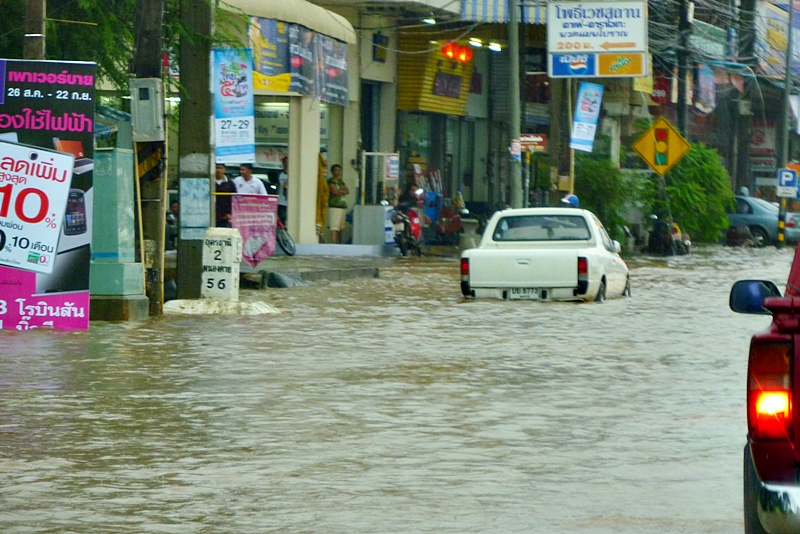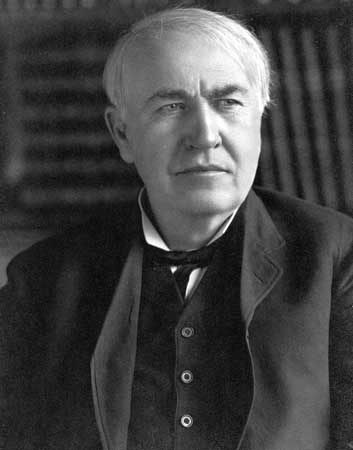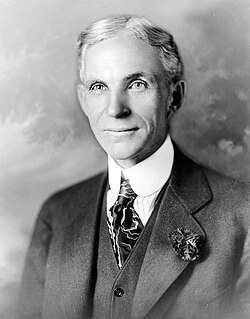Since 1980, a new break has occurred in the demographic history of Europe. As Massimo Livie-Bacci suggests that five main important phenomena deserve special attention, but only two of these processes create enormous impacts on consumerism behaviors; the end of mass emigration and beginning of immigration and changes in solcial rules and behaviors (marriage,culture, family structure). These changes are the end of permanent demographic trends, which in turn, create new trends in consumer behaviors. Moreover, the improvement in communication, the change that brings each part of the world closer together, causing regional differences within Europe virtually disappeared.
Successful foreign retailer must become more service-oriented to achieve high brand-loyalty. The movement of population increase the rate of consumption of goods ,and therefore, expand the role of the outlandish sellers. Due to racism to foreign vendors and the rise of materialism, majority builds up greater protection of the benefits of consumers. On the other hand, consumerism refers to the theory which greater consumption is beneficial economically. Resulting formations of school, heath care, welfare, and goods production.When stability in economics appears to be consistent, human-magnet attracts foreigner from every directions ensuing demographic shift (for instance transtions in life expectancy, literacy rate, and brith rate statistics).
After the economic stabilized, vendors seek for opportunity to raise the price of in trend products. In accordance with the rise of materialism, consumers are confident in spending (investing) for convenience and opposition of matters. Over a period of time, expendtures keep rising continuously, inflation takes place. When general prices level rise, each unit of currency buys fewers goods and service. Consideration for worthwhile amount of salary plays great role in making decision to enroll the company. Majority calls for increment of wages, those who cannot acquiesce with the general payment rate quit their current job, resulting numerous unemployment that leads to the decrease in literacy rate and the depletion of labor force. Also, with population growth slowing, retailers are no longer able to sustain their long term profit projections just by building new stores and gaining additional sales, as they did in the past. However, no experts are able to tell what will the future bring.
very useful resource: http://www.monitoringris.org/documents/tools_reg/agingdemochange.pdf
Successful foreign retailer must become more service-oriented to achieve high brand-loyalty. The movement of population increase the rate of consumption of goods ,and therefore, expand the role of the outlandish sellers. Due to racism to foreign vendors and the rise of materialism, majority builds up greater protection of the benefits of consumers. On the other hand, consumerism refers to the theory which greater consumption is beneficial economically. Resulting formations of school, heath care, welfare, and goods production.When stability in economics appears to be consistent, human-magnet attracts foreigner from every directions ensuing demographic shift (for instance transtions in life expectancy, literacy rate, and brith rate statistics).
After the economic stabilized, vendors seek for opportunity to raise the price of in trend products. In accordance with the rise of materialism, consumers are confident in spending (investing) for convenience and opposition of matters. Over a period of time, expendtures keep rising continuously, inflation takes place. When general prices level rise, each unit of currency buys fewers goods and service. Consideration for worthwhile amount of salary plays great role in making decision to enroll the company. Majority calls for increment of wages, those who cannot acquiesce with the general payment rate quit their current job, resulting numerous unemployment that leads to the decrease in literacy rate and the depletion of labor force. Also, with population growth slowing, retailers are no longer able to sustain their long term profit projections just by building new stores and gaining additional sales, as they did in the past. However, no experts are able to tell what will the future bring.
very useful resource: http://www.monitoringris.org/documents/tools_reg/agingdemochange.pdf









